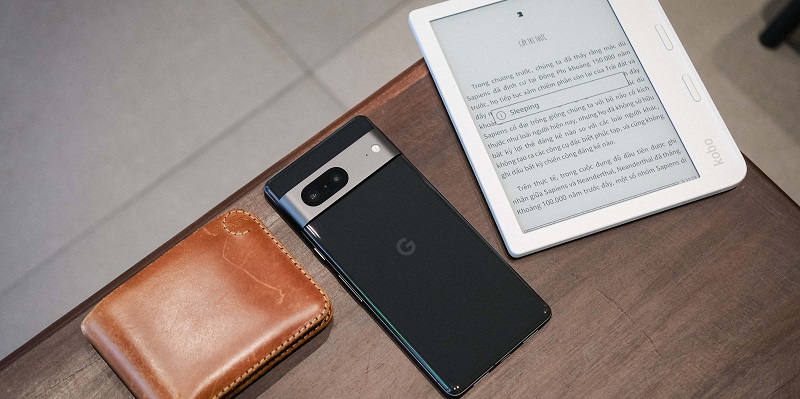Welcome to our in-depth review of the Pixel 7, Google’s latest flagship phone. With its release, the question arises: is it worth upgrading to? In this article, we will explore the Pixel 7’s features, improvements, and compare it to the iPhone 14. Let’s find out if the minimal hardware changes justify an upgrade.
Internal Upgrades: Pixel 7 vs. iPhone 14
When it comes to internal upgrades, the Pixel 7 has already surpassed the iPhone 14. Its powerful hardware ensures seamless performance and efficient multitasking. From a faster processor to increased RAM, the Pixel 7 outshines its competitors by enhancing your smartphone experience.
Camera Features and Specifications
The Pixel 7 boasts impressive camera capabilities, incorporating a 50MP main unit and a 12MP, 123-degree ultra-wide lens. This setup enables you to capture breathtaking photos with incredible detail and a wider field of view. Whether you’re shooting landscapes or close-up portraits, the Pixel 7’s camera delivers stunning results.
Affordable Pricing
One of the standout features of the Pixel 7 is its affordability. With a starting price of just £599 for the 128GB model and £699 for the 256GB version, it is one of the most budget-friendly flagship handsets on the market. Google has managed to strike a balance between excellent features and an accessible price point, making the Pixel 7 an attractive choice for value-conscious consumers.
Design Overhaul
In 2022, the Pixel 7 receives a design overhaul. It now sports a “zirconia-blasted aluminum finish” made entirely from recycled materials, showcasing Google’s commitment to sustainability. The new design provides a premium look and feel, elevating the overall aesthetics of the device. With color options such as Obsidian (black), Snow (white), and Lemongrass (pastel green), you can choose a style that suits your preferences.
Display and Resolution
The Pixel 7 offers a smaller and lower-resolution screen compared to its higher-end Pro counterpart. While the Pro model may have a more impressive display, the Pixel 7’s screen still delivers vibrant colors and sharp visuals, ensuring an enjoyable viewing experience. The decision to opt for a slightly lower resolution helps maintain affordability without compromising quality.
Improved Battery Life
Unlike its predecessor, which struggled with battery life, the Pixel 7 shines in this department. Its optimized power management and more efficient processor result in impressive stamina. You can confidently use your phone throughout the day without constantly worrying about running out of battery. The Pixel 7 truly excels in delivering long-lasting performance.
Software: Android 13
Running on the latest version of Google’s mobile operating system, Android 13, the Pixel 7 offers a seamless and intuitive user experience. Android 13 introduces new features and improvements, enhancing the overall performance, security, and functionality of the device. With timely software updates, you can expect the Pixel 7 to remain up to date for years to come.
Focus on Photography
Photography has always been a significant strength of Google phones, and the Pixel 7 continues this tradition. With its advanced camera features and Google’s acclaimed computational photography algorithms, you can capture stunning photos in various conditions. From Night Sight to Super Res Zoom, the Pixel 7 empowers you to unleash your creativity and produce professional-quality images.
After a thorough review of the Pixel 7, it’s clear that Google has created a worthy flagship phone. Despite minimal hardware changes, the Pixel 7 offers a competitive edge with its internal upgrades, affordable pricing, and impressive camera capabilities. The design overhaul, improved battery life, and the latest Android 13 software further enhance the overall experience. If you’re looking for an exceptional smartphone that doesn’t break the bank, the Pixel 7 is a smart choice. Whether you’re upgrading or not, Google’s cleverest flagship yet certainly deserves recognition.

